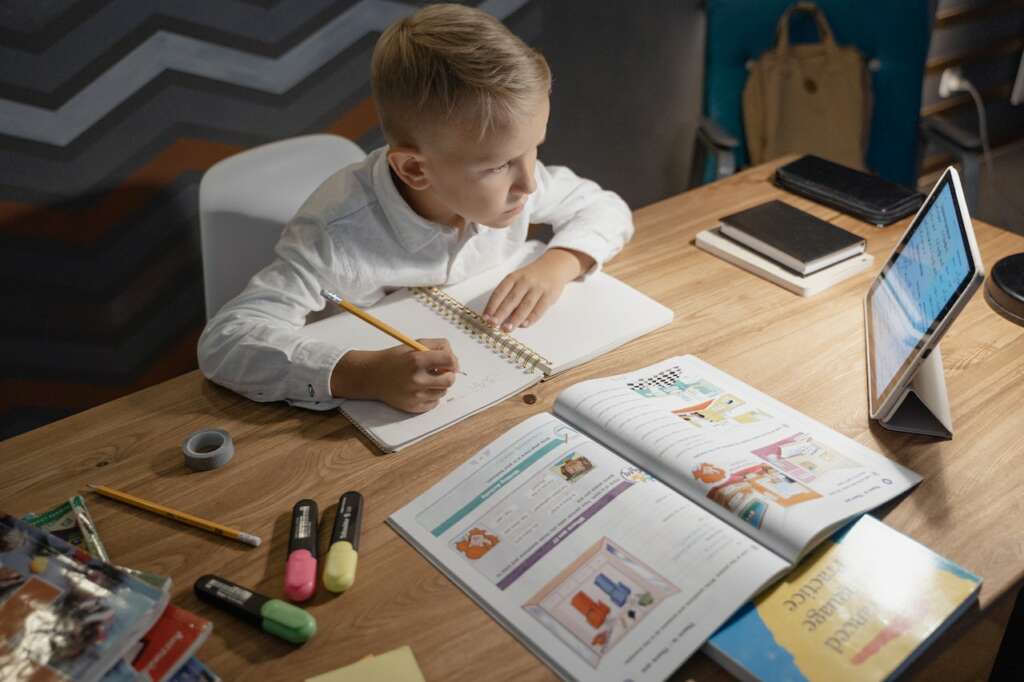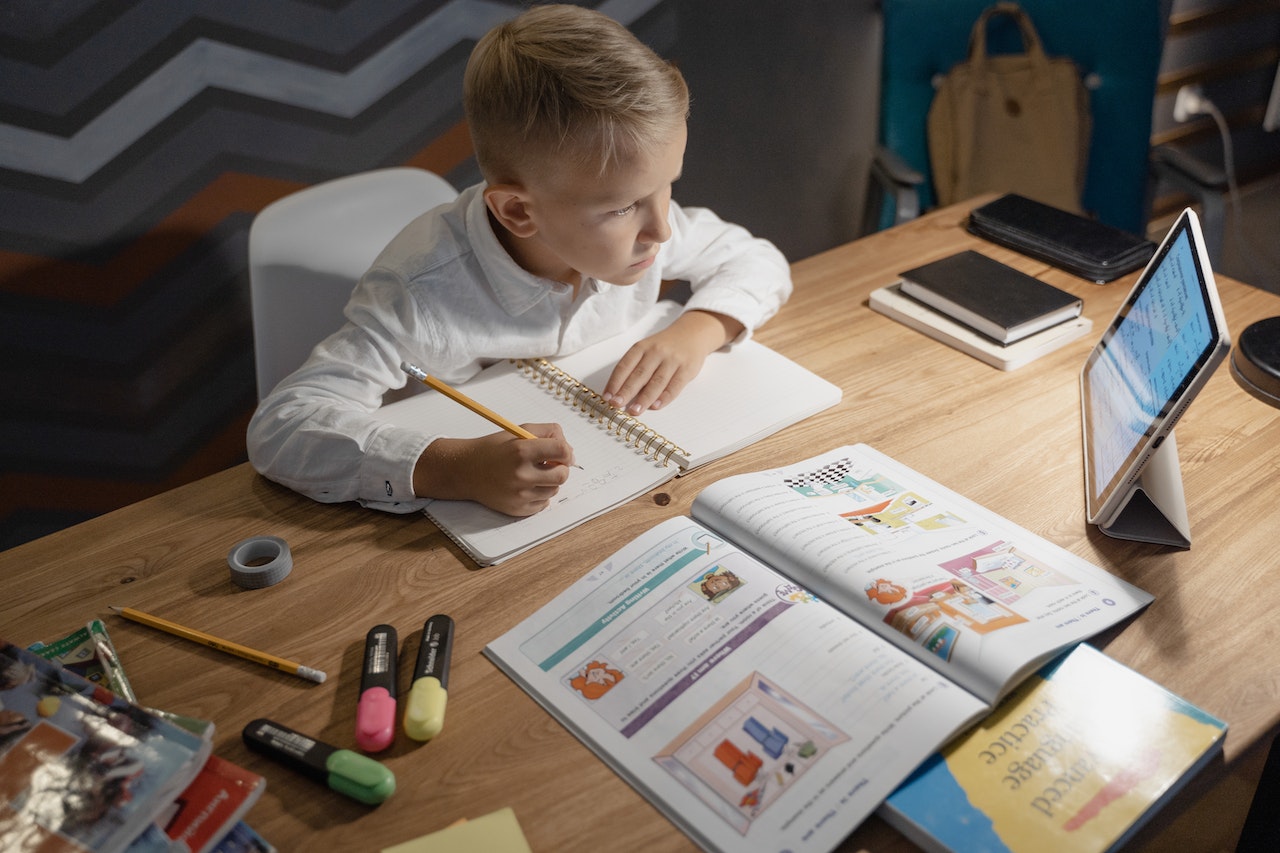How Video Making Became An Essential Part Of Distance Learning
In a world transformed by a digital revolution, the landscape of education has significantly evolved. An integral part of this evolution is the innovative use of video production in distance learning. The shift from traditional classroom settings to virtual learning environments, accelerated by the pandemic, has necessitated the emergence of video as an indispensable educational tool. This development has resulted in several new dynamics in pedagogy, rendering video production and editing crucial for efficient and effective distance learning.
This article explores how video-making has become an essential part of distance learning.
Enhancing Learning Experience
The growth of distance learning has made it necessary for educators to become adept at using video as a teaching tool. The primary purpose of creating videos for learning is not merely to transmit knowledge but to enhance the learning experience. Herein, video editing plays a pivotal role. It aids in producing dynamic and engaging content, eliminating unnecessary parts, and improving the overall visual quality.
For example, when dealing with sensitive material or ensuring privacy, having a free movie maker and knowing editing tricks like how to cut or how to blur a video is indispensable. Video editing skills allow instructors to protect identities, sensitive information, or potentially distracting elements within the video. This can significantly enhance the content’s effectiveness and viewer engagement.
Promoting Interactive Learning
Video-making creates an interactive platform that offers an engaging and immersive learning experience. Through integrating quizzes, questions, and interactive elements within a video, students can participate actively, which increases their understanding and retention of the subject matter.
Enabling Self-Paced Learning
One of the critical advantages of videos in distance learning is the flexibility it offers. Video content allows students to learn at their own pace. They can pause, rewind, or re-watch as needed, facilitating a personalized learning experience that can cater to diverse learning styles and paces.

Facilitating Better Communication
Videos can effectively communicate complex concepts and ideas. Through visual demonstrations, educators can illustrate abstract theories, making them more tangible and easier to grasp.
It also allows educators to use body language and vocal tones to enhance the clarity of their message and the students’ comprehension.
Bridging Geographic Gaps
Videos in distance learning are a powerful tool in bridging the geographical gap between educators and students. Through video content, quality education can reach every corner of the globe, making learning accessible to all, irrespective of their location.
Encouraging Creativity And Innovation
Involving students in video production activities can stimulate creativity and innovation. It can be an exciting way to express understanding, present a project, or share ideas. Such activities can cultivate critical thinking, planning, collaboration, and technical skills, equipping students for the future.
Augmenting Assessment And Feedback Process
Video production in distance learning has also proven instrumental in refining the assessment and feedback process. Teachers can create video feedback or commentary, providing students with rich, detailed, and personalized input that text-based feedback might not effectively convey.
Similarly, students can use videos to demonstrate their knowledge and skills, presenting a more holistic picture of their understanding than traditional testing methods. This interactive, bi-directional use of video facilitates a more nuanced and constructive evaluation process, contributing to a more comprehensive learning experience.
In Conclusion
Video-making has become an integral part of distance learning, significantly enhancing the teaching-learning process. The ability to create, edit, and share video content is not merely about technical know-how; it plays a vital role in interactive learning, effective communication, geographic inclusivity, creative expression, and an improved assessment process.
As we continue to navigate this digital age, these skills are becoming increasingly crucial. So, whether you’re an educator or a learner, the power of video in education is an opportunity to innovate, engage, and achieve like never before.

